Young Mi Lee
Chinese Porcelain for Export
The
seventeenth century saw some interesting developments in Chinese porcelain
production. It is the advent of ¡°chine de commande¡±, that is, the development
of customized porcelain for export.
European consumers started to demand a particular porcelain that could suit
their taste, and Chinese makers tried to meet western consumers¡¯ needs by
producing porcelain in western shapes. This trend lasted until the twentieth
century. The fact that Chinese porcelain producers tried to adapt to western
customer taste shows that
1.
Transitional
Period (1620-1680)
The
new trend began in the transitional period (1620-1680) when the Dutch took
the place of the Portuguese in the
During
the period, Chinese makers exported porcelain in western shapes like beakers,
pepper & salt dishes, mustard-pots, and candleholders. The decoration
was dominantly Chinese with some occasional western motif such as tulips.
For example, Chinese figures in front of Dutch-type houses and Chinese landscape
with tulips were frequently used.
The
communication between western merchants and Chinese makers was systematic.
Western traders gave Chinese makers a short description of the kinds of porcelain
that they wanted. Since westerners were not allowed to operate outside Canton.
Therefore, the local Co-Hong, the merchant organization with imperial licence
played an important role as mediator between producer and merchant. Some western
buyers sent wooden models, paintings, earthenware, and even silverware instead
of written descriptions to the producers. Those models were sent back to
2. The Eighteenth Century (1680-1800)
Chinese
porcelain makers tried harder to satisfy western customers in this period.
They adopted western shapes more vigorously and extensively for the taste
of European customers. Coffee-pots, chocolate-pots, butter dishes, and dinner
service became popular in Chinese porcelain. Most of designs were directly
derived from European silver, pewter, and earthenware.
Also,
western decoration began to be common in Chinese porcelain for export. Mythological
scenes such as ¡°Venus and Hermes¡±, religious subjects like ¡°The Baptism
of Christ¡± ¡°Madonna and Child¡±, and political events were found in Chinese
porcelain for export. Chinese artisans had a difficult time with three dimensional
objects as well as some western motifs. In this period, English and American
consumers became important. Accordingly, some American symbols and historical
events were described such as American eagles with shields, and the Declaration
of Independence.
While
Chinese makers tried to adopt western decoration, there are many examples
indicating that Chinese porcelain was imitated by western porcelain makers.
English dishes with Chinese-like designs that were not made in

Map of Jiangxi with Jingdezhen, China's 'porcelain city'
 Clay preparation
Clay preparation
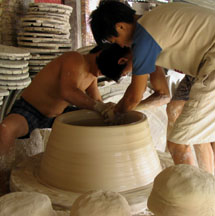 Throwing
a large pot
Throwing
a large pot
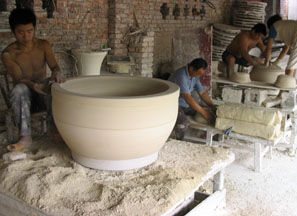 Trimming the
thrown pot
Trimming the
thrown pot
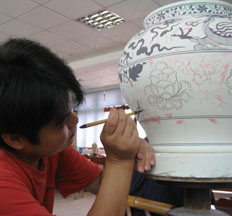 undergalze paint
undergalze paint
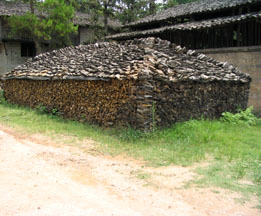 pile of firewood
for firing the kiln
pile of firewood
for firing the kiln
 kiln roof
kiln roof
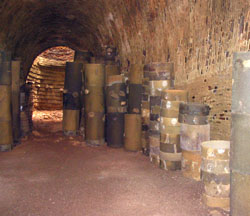 kiln with saggers
kiln with saggers
 small kiln
small kiln